Apple's iPhone SE 4 might mark the end of the home button — and the end of an era
Apple is finally leaving behind an iconic era of iPhone design
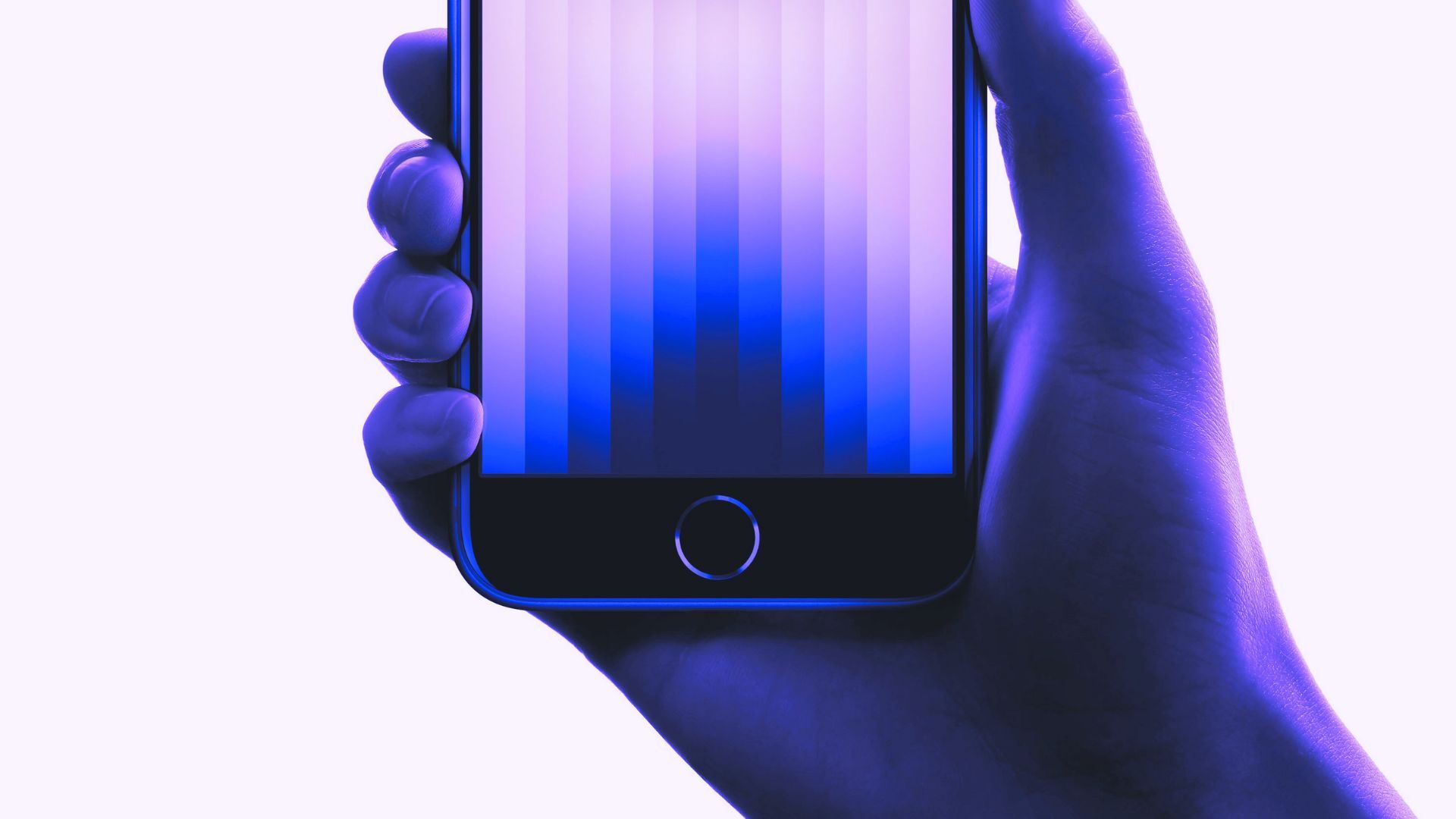
Apple is gearing up to finally say farewell to the home button with a long-awaited makeover for the iPhone SE. It's a desperately needed update, but it also marks the end of an era in iPhone design.
According to Bloomberg's Mark Gurman, Apple is finally nixing the home button with a major design refresh in its iPhone SE 4, which is slated for early 2025. This lines up with months of rumors surrounding the iPhone SE 4, including a release roadmap leaked back in March and photos of iPhone SE 4 cases shared on social media.
Currently, the iPhone SE 3 is the only product in Apple's line-up that still has a home button after a major design update of Apple's base, 10th-gen, iPad in 2022.
The iPhone SE 3 is a relic of a bygone era
That makes the iPhone SE 3 a relic of a bygone era, both in Apple's product catalog and the wider smartphone market — even Android budget phones have long since abandoned physical home buttons.
There's no doubt the iPhone SE needs a design update, but the news is bittersweet, marking the end of what may be a golden age in iPhone design.
Apple rumored to retire an iconic design next year
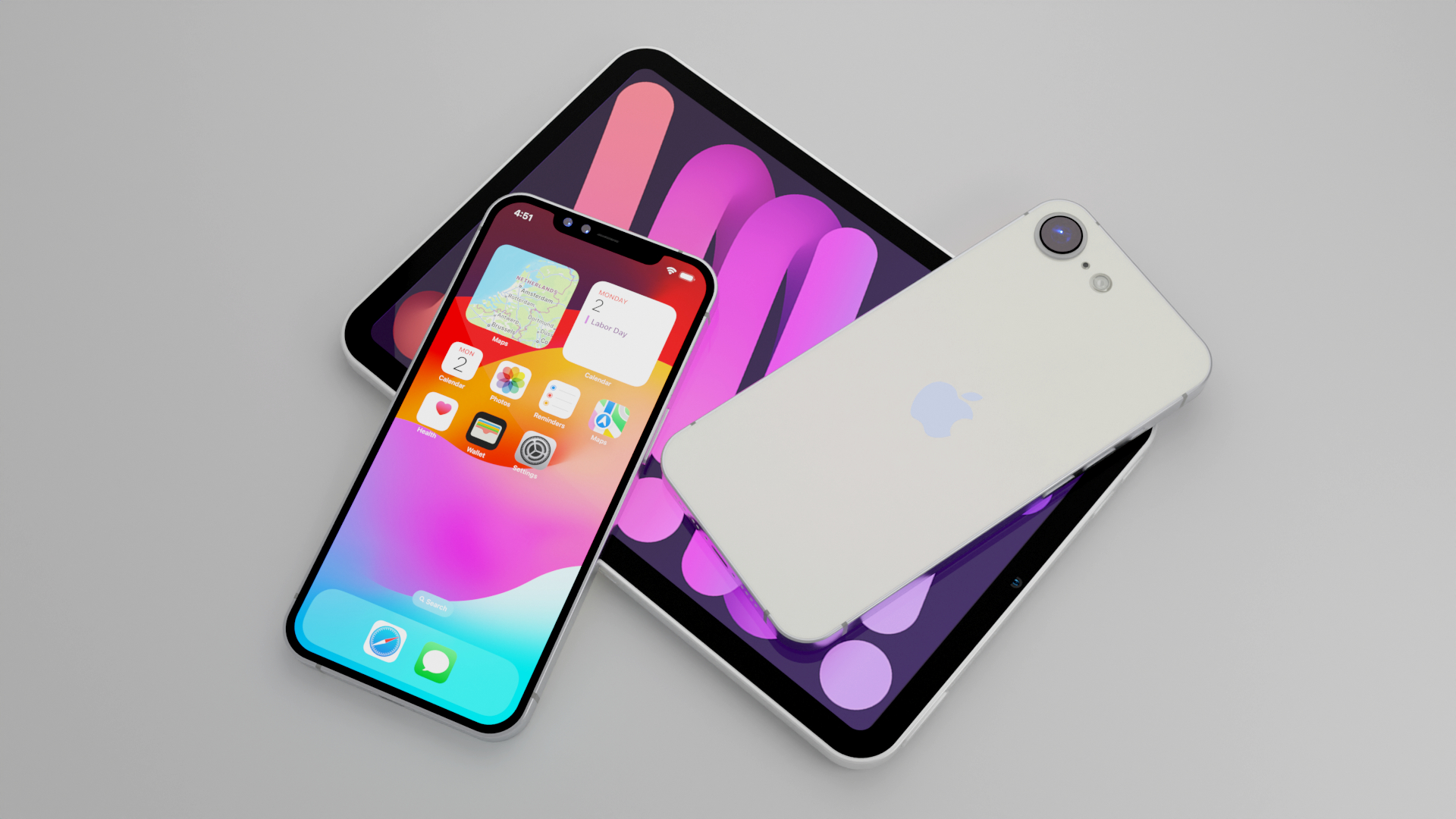
The iPhone SE 3 currently uses the design originally featured on the iPhone 8 from 2017. The iPhone 8 sold better than most of Apple's recent models with 124.7 million units sold, but it fell short of the icon status of the iPhone 6, which is the third-bestselling mobile phone in history with a total of 222.4 million units sold.
The iPhone 6, 7, and 8 were a golden age for Apple when the popularity and growth of the iPhone reached new heights. The iPhone SE is a reminder of that era with its now-antiquated iPhone 8 design (which was itself a slightly updated version of the iPhone 6's design).
Stay in the know with Laptop Mag
Get our in-depth reviews, helpful tips, great deals, and the biggest news stories delivered to your inbox.
The iPhone 6 was a major turning point for Apple, one that has rippled through the company ever since. It was the first phone with a major design update since the passing of Steve Jobs on October 5, 2011. Just days later, on October 14, 2011, Apple unveiled the iPhone 4S. A little under a year after that, on September 21, 2012, Apple announced the iPhone 5, which was a light update to the 4S.
Then came the iPhone 6. This was arguably the first iPhone that really had Tim Cook's new approach to design baked into it. While Steve Jobs was famously a fan of small screen sizes, Cook increased the size of the iPhone 6's display by nearly an inch over the iPhone 5 and introduced the iPhone 6 Plus with a 5.5-inch display, which was huge for that time.
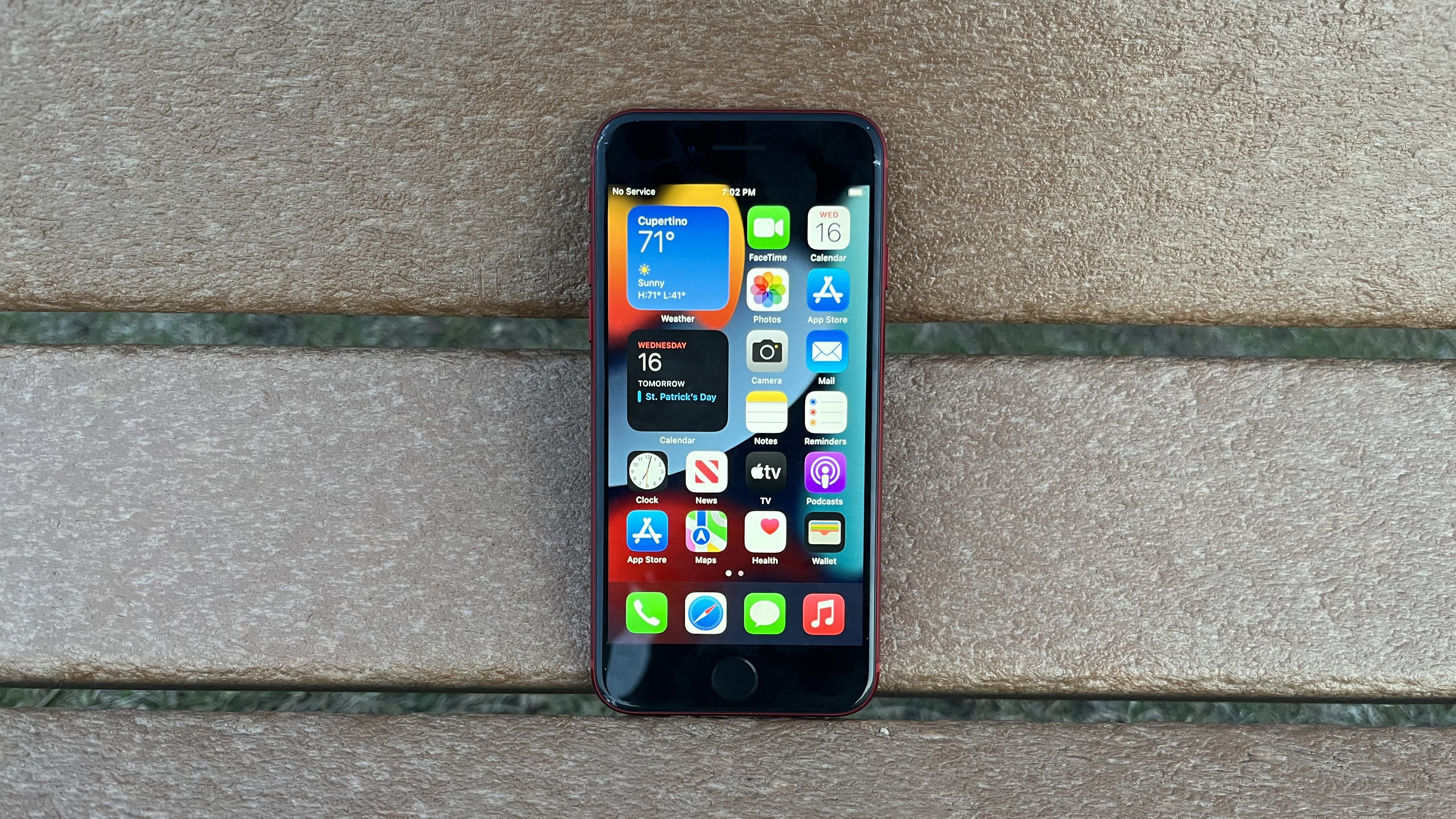
This design overhaul was arguably what made the iPhone 6 Apple's bestselling phone to date and the third bestselling mobile phone ever made. It eased fears about Tim Cook's shift away from some of Jobs' design principles and effectively acted as a green light for Apple to dive into a new era — a post-Steve Jobs era.
Apple rode the iPhone 6's wave for two more years until another major shift with the iPhone X. Cook's team has been unable to recreate that iPhone 6 magic, though. Perhaps it's no surprise they kept the iPhone 8's design around for so long in the form of the iPhone SE. It looks like Apple is finally closing the curtain on the golden age the iPhone 6 started, though.
The iPhone SE 4, AI, and what's ahead for Apple
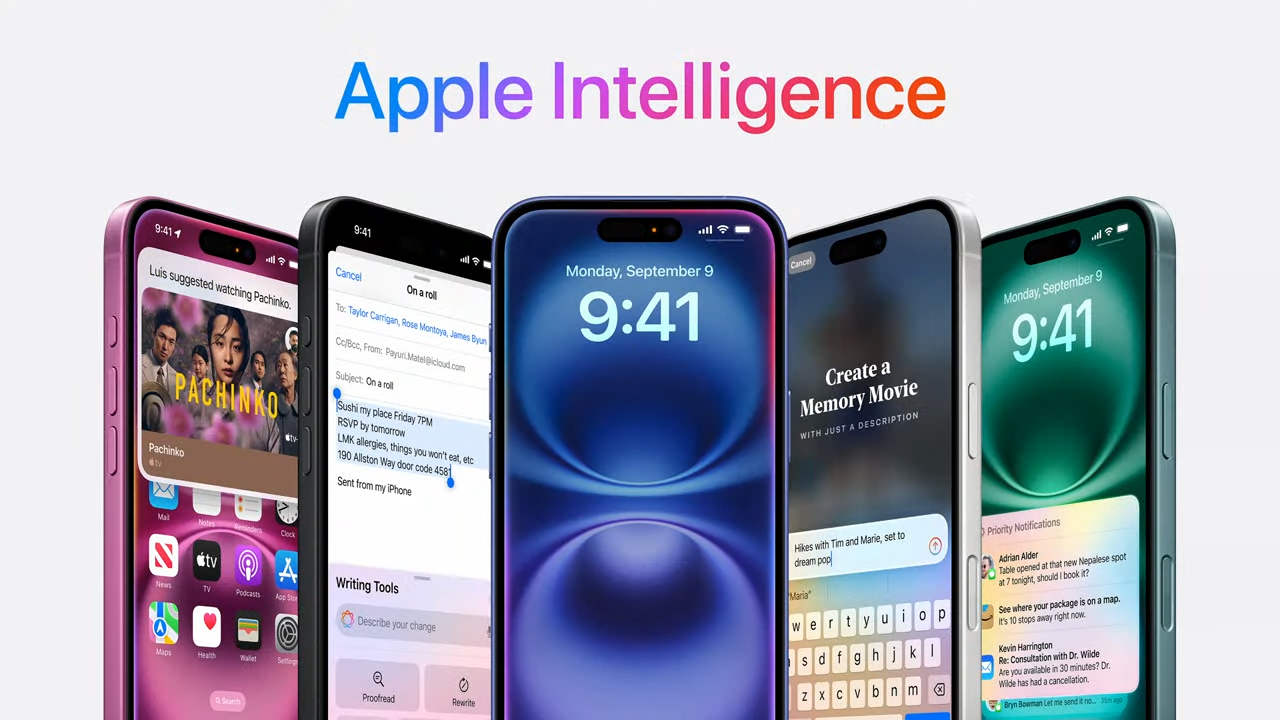
The iPhone SE 4 is rumored to have a design much like the iPhone 14 with an edge-to-edge display, a notch, and no more home button. The giant bezels and 2017 aesthetic are finally going the way of the dodo.
This update will help the iPhone SE blend in with the rest of Apple's line-up and appeal more to budget users by giving them a phone that feels like it's from this decade. Considering the iPhone SE currently costs $429, a design update is going to be critical if Apple wants to stay competitive in the budget and mid-range market.
There are now a plethora of much more modern-looking phones available for a much lower price. Plus, you can easily get a used or refurbished iPhone for less than the iPhone SE, such as an iPhone 12 or 13. The SE's outdated design has been holding it back, so it's nice to see Apple finally move on (home button nostalgia aside).
With the last relics of Apple's previous design era behind it, what lies ahead? Apple seems to be turning its focus to making the thinnest, lightest tech on the market and baking AI into as much of it as possible.
Mark Gurman specified in an October 1 update that the iPhone SE 4 is rumored to support Apple Intelligence, Apple's new on-device AI platform (which will also include a major Siri update). Apple must really want people to buy into its new AI features if it's even including them on its budget phone.
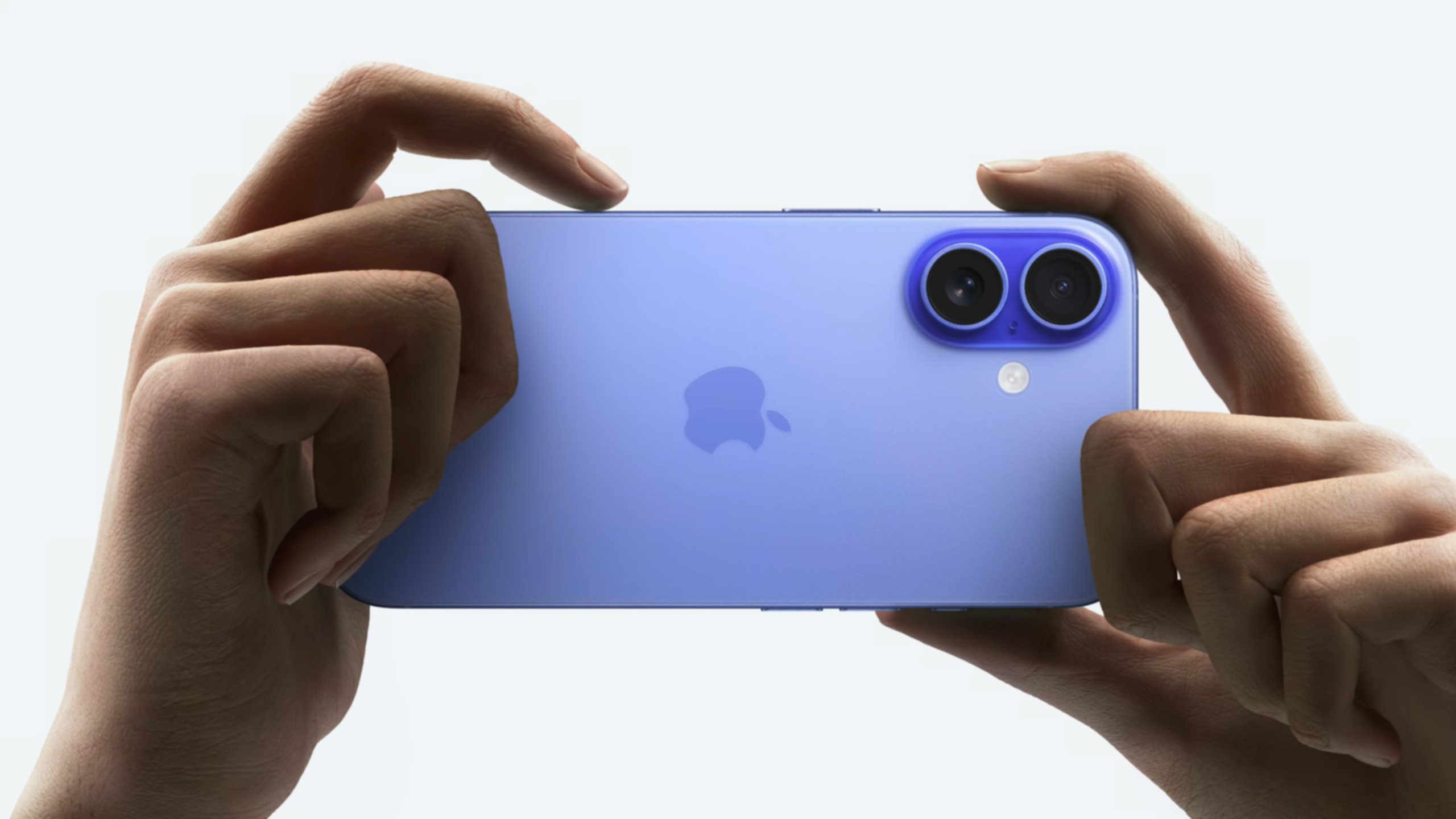
It's bittersweet saying goodbye to the home button, but it's a necessary step for Apple to move forward. The home button lives on in the form of the new action button, too. In fact, with the iPhone 16, Apple seems to be adding more buttons, but now with more precise, creative functions.
The iPhone 16 includes a customizable action button and a "camera control" button, which is a touch sensor on the side of the chassis specifically for controlling camera features like zoom or shutter. You can assign the action button to almost anything, like launching Siri.
It may seem ironic at first glance that Apple is pitching new buttons as a premium feature within a few months of launching a new phone where the lack of a button is also a premium feature. However, there is a method to the madness here. Apple has moved past an age where buttons were necessary for basic functions like getting to your home screen.
The iPhone's design has been streamlined over the past few cycles to have as much screen real estate as possible. Now Apple is taking a fresh look at that streamlined design and finding new ways to bring buttons back in specialized, creative ways that go beyond the basics of the iPhone 8 era.
More from Laptop Mag

Stevie Bonifield is a freelance tech journalist who has written for PC Gamer, Tom's Guide, and Laptop Mag on everything from gaming to smartwatches. Outside of writing, Stevie loves indie games, TTRPGs, and building way too many custom keyboards.
